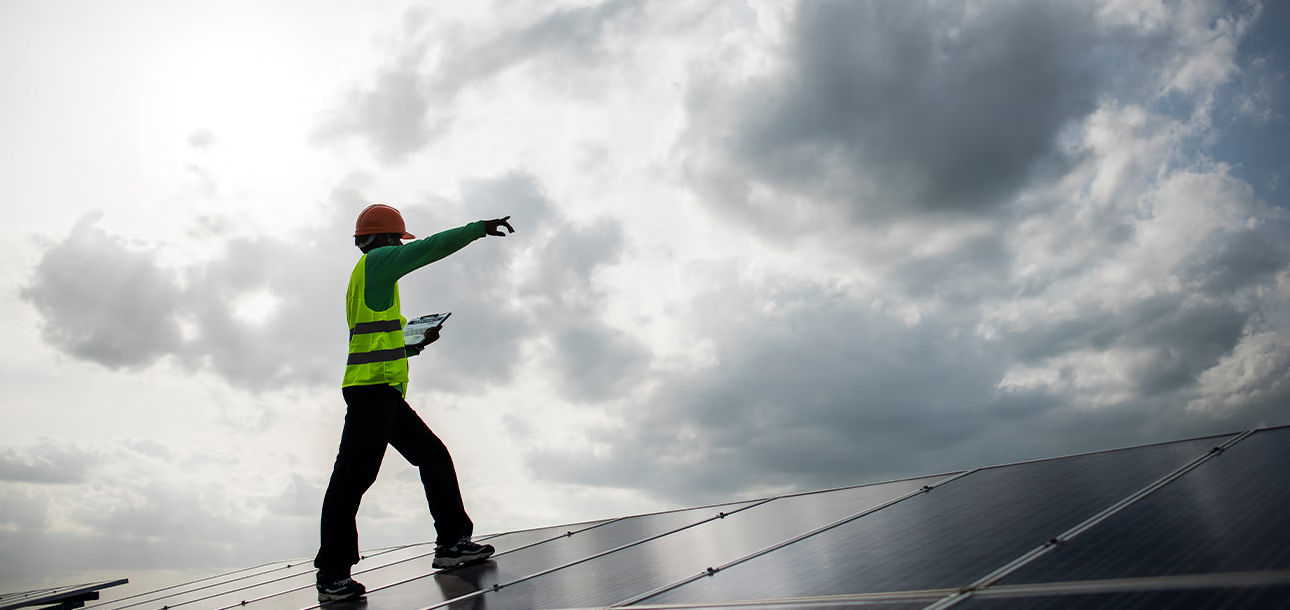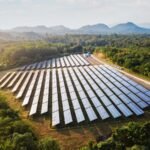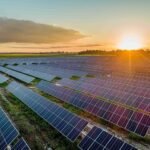As the world accelerates the energy transition, solar power is playing a leading role in replacing fossil fuels. However, deploying solar infrastructure in harsh environments—such as deserts, high-altitude regions, and coastal zones—presents unique challenges. Extreme temperatures, sandstorms, corrosion, and grid instability can compromise long-term performance.
Solar Infrastructure as the Backbone of the Energy Transition
To ensure reliable energy generation, engineers and investors must prioritize resilient solar infrastructure that can withstand these environmental pressures while continuing to support the global shift toward clean energy. Keep up with Steelbridge Export.
Why Resilient Solar Infrastructure Matters in the Energy Transition
The success of the energy transition depends not just on building more solar farms but also on ensuring they last decades under tough conditions. Key reasons why resilience matters include:
Longevity of Assets – Panels and systems must withstand decades of harsh weather.
Stable Energy Supply – Consistent power generation supports national grid stability.
Investor Confidence – Resilient projects attract long-term financing.
Sustainability Goals – Reliable solar infrastructure reduces dependency on fossil energy.
 Engineering Challenges in Harsh Environments
Engineering Challenges in Harsh Environments
Building resilient solar infrastructure requires addressing multiple challenges that directly affect the energy transition:
Temperature Extremes – High heat reduces panel efficiency, while freezing climates risk micro-cracks.
Dust and Sandstorms – Abrasive particles reduce efficiency and increase maintenance costs.
High Humidity and Salinity – Coastal and tropical regions face corrosion risks.
Unstable Grids – Remote regions often require hybrid solar-storage solutions.
Innovative Solutions for Resilient Solar Infrastructure
To overcome these barriers, companies are adopting advanced technologies that ensure solar plays a leading role in the energy transition:
High-Durability PV Panels – Special coatings to resist dust, humidity, and corrosion.
Robotic Cleaning Systems – Automated dust removal for desert-based solar farms.
Smart Grid Integration – Combining storage and grid-balancing technologies.
Modular Solar Infrastructure – Systems that adapt to geographical and environmental shifts.
Resilient Foundations – Engineering solutions to withstand storms and shifting soils.
Investment Opportunities in Resilient Solar Infrastructure
Investors see resilient solar projects as essential to the energy transition. Opportunities include:
Utility-Scale Solar Farms – Especially in emerging markets with high solar potential but harsh climates.
Hybrid Solar + Storage Projects – Ensuring stability in areas with weak grids.
Research & Development Ventures – Innovations in materials and smart maintenance.
Infrastructure Funds – Dedicated clean energy portfolios focusing on resilience.
By prioritizing resilience, investors not only secure profitability but also contribute to the broader mission of sustainable growth.
The Role of Policy and Global Cooperation
The energy transition requires supportive policy frameworks. Governments are driving resilience in solar infrastructure through:
Incentives for Durable Technology – Tax credits and subsidies for advanced materials.
Climate Adaptation Policies – Mandating designs that can withstand extreme weather.
International Partnerships – Sharing expertise across markets with challenging climates.
These initiatives create a fertile ground for resilient solar infrastructure investments worldwide.
 Future Outlook: Resilience as a Core Pillar of the Energy Transition
Future Outlook: Resilience as a Core Pillar of the Energy Transition
The next decade will be defined by the scale and reliability of the energy transition. Resilient solar infrastructure ensures that harsh environments do not slow down global adoption of renewables. With technological innovation, investor participation, and government support, solar projects will continue to thrive—even in the world’s toughest locations.
Ready to explore resilient solar infrastructure investment? Partner with Steelbridge Export to align with the global energy transition and long-term clean energy growth.
Yeni Sana Energy our partner in solar projects located in Iran and Middle East.
FAQs
- 1. Why is resilience important for solar infrastructure?
Because it ensures long-term energy generation and supports the energy transition in extreme climates. - 2. What challenges do solar projects face in harsh environments?
Heat, dust, corrosion, and unstable grids are the main issues. - 3. How can resilience improve investor confidence?
Resilient infrastructure lowers maintenance costs, reduces risks, and ensures long-term returns. - 4. What role does technology play in resilience?
Advanced PV coatings, robotic cleaning, and storage systems make solar projects more reliable. - 5. How does resilient infrastructure accelerate the energy transition?
It ensures that renewable energy deployment remains stable and scalable worldwide.




 Engineering Challenges in Harsh Environments
Engineering Challenges in Harsh Environments Future Outlook: Resilience as a Core Pillar of the Energy Transition
Future Outlook: Resilience as a Core Pillar of the Energy Transition



